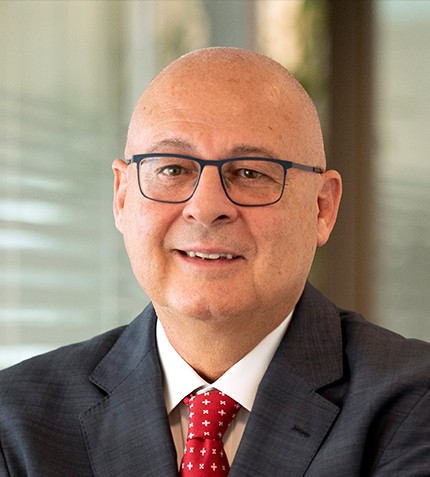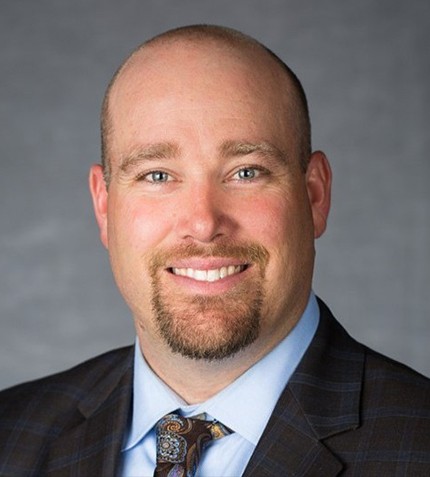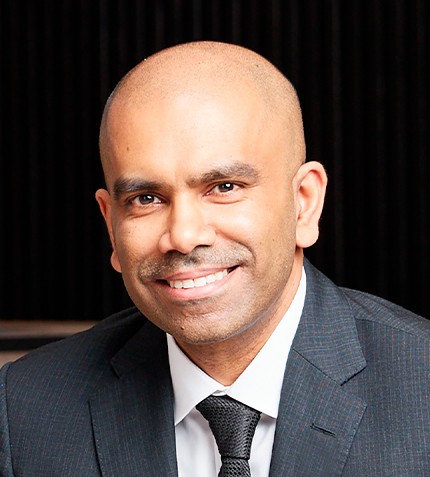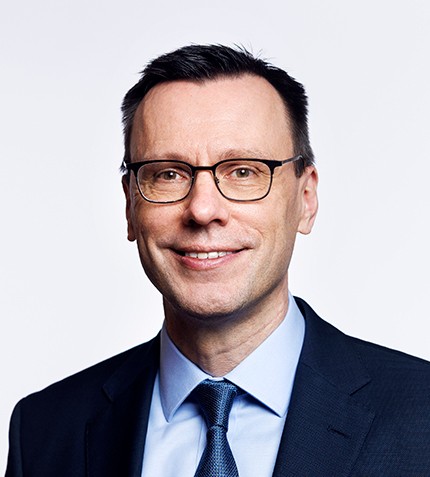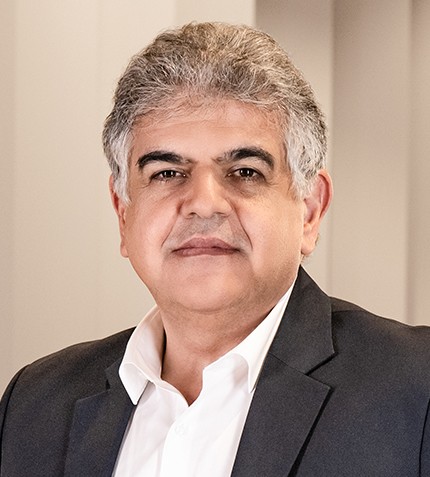
"M&A remains one of Brenntag’s priorities as we move forward."
Henri Nejade
COO, BRENNTAG SPECIALITIES
Could you bring our audience up to date with the company’s progress within Project Brenntag and the overall group performance for FY21?
The success of the business model we implemented has been demonstrated in 2021 and the first quarter of 2022 when our resilience was tested under severe supply chain pressures. 2021 was a record year for us, despite volatile market conditions and significant increases in the costs of raw materials, energy and transportation. Our operating gross profits rose by 19.6% to €3.37 billion, with an extraordinary operating EBITDA of 29.5%. Project Brenntag is ahead of plan and we have already delivered more than half of our targets for 2023. Reflecting our exceptional performance, Brenntag is proposing a 7.4% higher dividend for 2021 at €1.45/share (vs 2020: €1.35/share). In the first quarter of 2022, Brenntag generated sales of €4,533.1 million. Operating gross profit rose by 30.8% to €1,038 million, compared to €764.5 million in the previous year’s quarter.
How is Brenntag itself positioning in the high-growth specialty ingredients market segments?
As the largest chemical and ingredient distributor globally, Brenntag is taking the lead in the specialties sector too. The strategic rationale for our new operating model with dedicated commercial teams and the differentiated steering for our two divisions has been confirmed by the results of the first quarter. Brenntag Specialties grew substantially faster than Brenntag Essentials. Two pillars support this remarkable performance in Specialties: The first is our dedication to high-value, specialized sectors like life sciences. The second is our M&A activity, also geared towards life sciences, including nutrition, personal care, pharma and biopharma. Approximately 80% of our M&A investments in 2021 went to life sciences. Nutrition is also one of our top segments globally. In the last few years, we acquired two large companies: American company JM Swank, through which we tapped into a diversified portfolio of food ingredients and incrementally increased our North American market share from 2% to 6%, and Zhongbai Xingve, one of the largest functional food ingredients distributors in China, an acquisition that significantly expanded our footprint in the Chinese market. M&A remains one of Brenntag’s priorities as we move forward. This year, we have already acquired YS Ashkenazi, our market entry into Israel. Ashkenazi is a distributor specialized in food and personal care ingredients. We have also completed the acquisition of Tee Hai Chem in Singapore, three years after initially signing the deal.
What are the latest developments in Brenntag’s sustainability strategy?
Sustainability has become a principal factor within our overall corporate strategy, and last year we took several steps binding sustainability to our decision-making and appointed a VP for sustainability. Distributors play a central role in the sustainable transformation of the chemical industry. I strongly believe that our unique business model allows us to engage at different ESG levels. Our new ESG Strategy is a comprehensive strategic framework for sustainability that will be embedded in our corporate strategy.
How does Brenntag reconcile a global structure with local customization, in light of the trend toward more regionalized supply chains?
Our business is intrinsically local; our DNA is represented by the people on the ground. Even though we need global processes, initiatives and functions in place, all these support and need to align with the local resources and local execution. While the global support follows the mega-trends and is prepared to answer to the demand and its different idiosyncrasies, the execution side is anchored in a robust local structure with deeply entrenched local ties. Success is found in the balance between global processes and local execution. Local needs can be met through local sales representatives who can rely on an efficient, global network and sourcing distribution. Product availability and prompt and reliable delivery are key to Brenntag’s success and are highly valued by our customers.
Do you have a final message?
Chemical distributors serve as an integration and connectivity platform that can stimulate the innovation and sustainability agenda of the industry. Our position in the value chain is closely intertwined with every client initiative because we can provide services to help them achieve their goals, supply connections and give guidance on what has worked for others in our network, and what our suppliers offer in support. I am confident that Brenntag can play that connecting role, not just in terms of connecting the chemistry, but also in connecting people, ideas, regions, and trends across different segments of different industries. Moreover, we can stimulate innovation around services, components, and the digital agenda.




